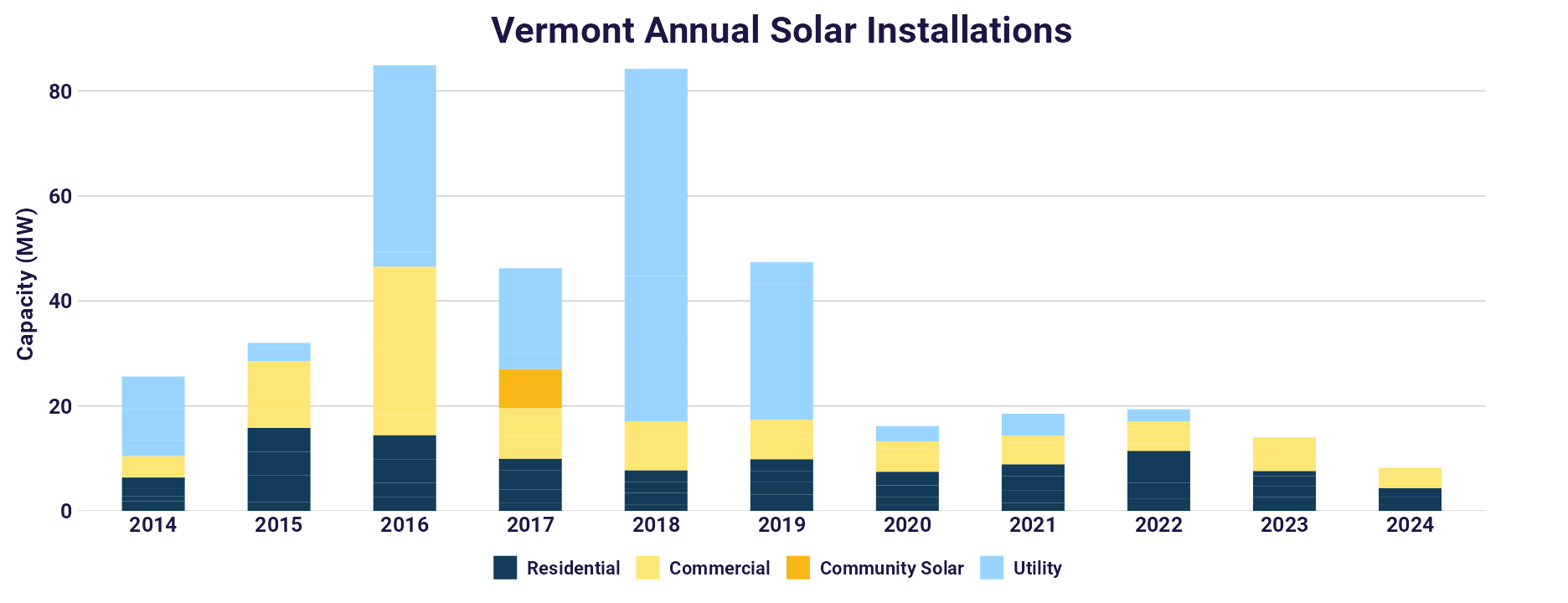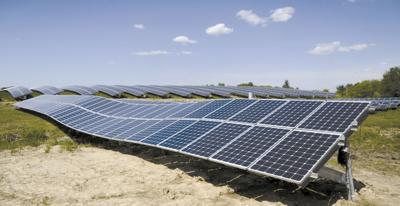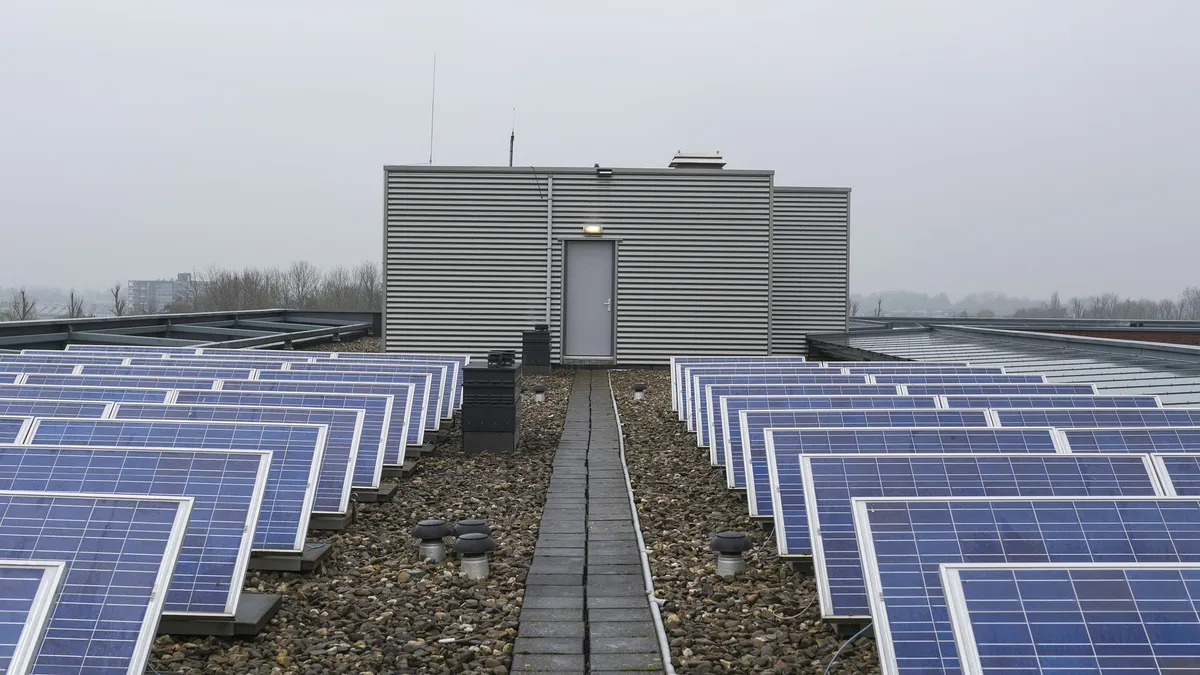State Overview
Vermont
National Solar Capacity Ranking: 39th
Data Current Through: Q3 2024

Vermont State Solar Overview

Just The Facts
-
Solar Installed (MW):
436
-
National Ranking:
39th (47th in 2023)
-
Enough Solar Installed to Power:
75,984 homes
-
Percentage of State's Electricity from Solar:
16.39%
-
Solar Jobs:
1,168
-
Solar Companies in State:
76 (12 Manufacturers, 38 Installers/Developers, 26 Others)
-
Total Solar Investment in State:
$868 million
-
Prices have fallen:
37% over the last 10 years
-
Growth Projection and Ranking:
153 MW over the next 5 years (ranks 49th)
-
Number of Installations:
10,527

Vermont State Solar Policy Resources
-
DSIRE Incentives Database – Vermont – Search a public clearinghouse for specific solar energy incentives in Vewrmont and across the United States
-
Vermont Public Service Board – Learn about the governing body that regulates the electricity rates and services of Vermont public utilities
-
Vermont Solar Panels Overview – Learn about the history of solar policy in Vermont, along with up-to-date pricing information on EnergySage
-
Vermont State Legislature – Track pending legislation affecting solar energy, locate and contact individual legislators, and stay up to date on current legislative issues in Vermont
-
-
Solar Panel Cost in Vermont – Learn about the history of solar policy in Vermont, along with up-to-date pricing information on EnergySage
-
Solar Rebates & Incentives in Vermont – Check out EnergySage’s list of key solar incentives in Vermont to see what programs you can benefit from
-
State Affiliate: New England Solar Energy Association
-
U.S. Energy Information Administration – Vermont State Profile – Explore official energy statistics, including data on electricity supply and demand, from the U.S. government
Vermont Energy Storage Policy and Market Overview
Vermont’s energy storage market is steadily expanding, reducing customer electricity bills, and providing grid resilience. Regulatory actions by the Public Utility Commission and legislators, utility-offered incentives, and third-party ownership models are leading the market charge.
Vermont has opted to adopt a cost-effective market approach to storage deployment, which has built the state an impressive storage arsenal. At the start of 2024, the state had 55 MW of battery storage capacity, and another 20 MW in development. Government funded feasibility studies are reducing market uncertainty, and state offered tax credits are reducing market barriers.
The establishment of various tax policies, state grant funding, and third-party ownership programs are alleviating the stress of homeowners and businesses entering the market. Green Mountain Power’s BYOD program is yielding wild success, with storage installations outnumbering solar ones in Q2 (2024). Utility grid service programs, and state tax reductions are key steps gradually advancing Vermont’s storage market and creating opportunities for cross-sectional growth.
Vermont Energy Storage Policy Resources
- Green Mountain Power Bring Your Own Device Program – Upfront rebates for small business and residential customers investing in battery storage.
- Tesla Powerwall Lease Payment Program –Green Mountain Power’s Tesla Powerwall home battery lease program.
- Vermont Business Investment Tax Credit – Statewide Business Investment Tax Credit that can stack with the Federal ITC.
- Property Tax Exemptions & Reduction for Storage – Statewide energy storage and solar-plus-storage system property tax incentives.
- Vermont Clean Energy Development Fund – Funding opportunities for renewable energy projects, program goals & guidelines, and past project case studies.
- Vermont 2024 Annual Energy Report – State report on energy storage deployment.
- DSIRE Vermont Energy Storage Policy Database – Clearinghouse for financial incentives, regulations, and rebates for energy storage and lithium-ion technologies in Vermont and across the United States.
- Pacific Northwest National Laboratories Energy Storage Policy Database – Map of Procurement, Regulatory, Demonstration, Incentive, and Interconnection policies in Vermont and across the United States.
- Vermont Energy Storage Rebates & Incentives – EnergySage’s list of key storage incentives and rebates and see what programs you can benefit from.
- Energy Storage Cost in Vermont – Up-to-date storage and solar-plus-storage pricing and find installers in Vermont on EnergySage.
- Vermont Department of Public Service – Governing body that regulates the electricity rates and services of Vermont public utilities, search for regulatory dockets, programs, and initiatives.
- Vermont General Assembly – Pending, passed, and historical legislation affecting energy storage and battery systems, locate and contact individual legislators, and stay up to date on current legislative issues in Vermont.




